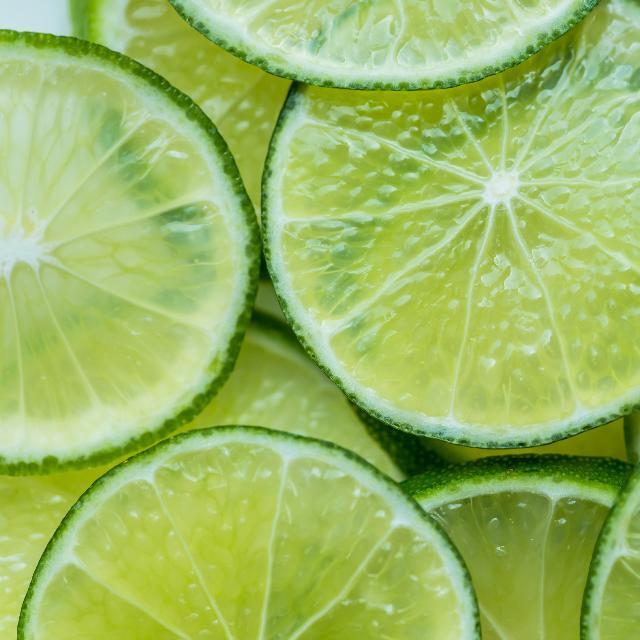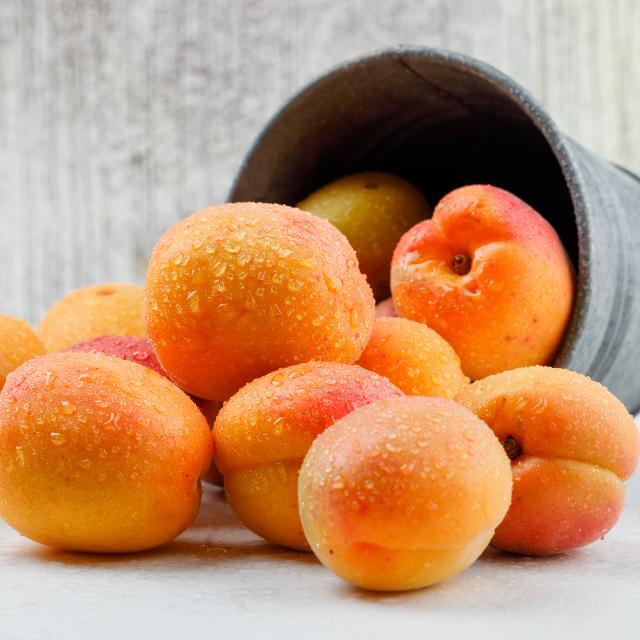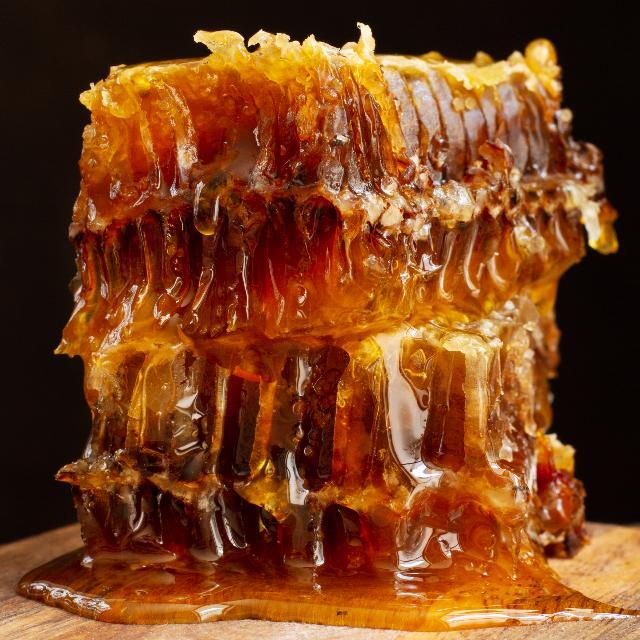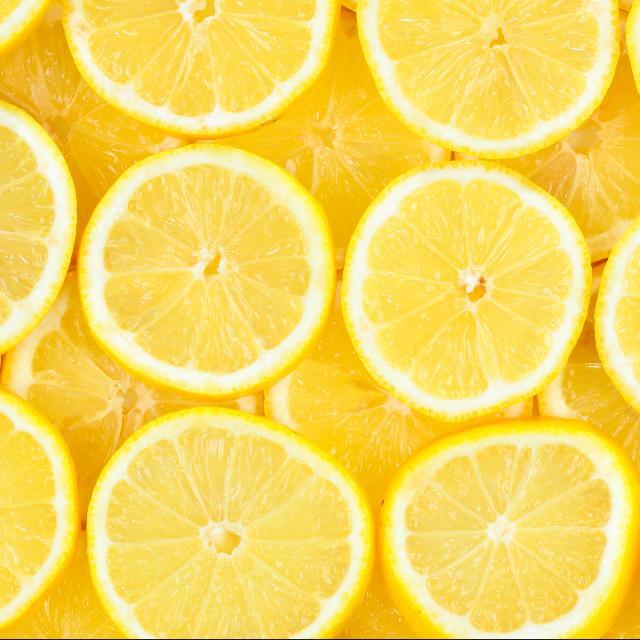Honoring Charles’s late mother, this traditional straw-dried sweet wine is a true labor of love. A bold, assertive dessert wine with aromas of grape juice, ripe stone fruit and lemon blossoms on the nose.
Savor a full mouth feel with lime and honey flavors, followed by an unctuous texture courtesy of the sugar, and balanced with a long fresh acidity
Savor a full mouth feel with lime and honey flavors, followed by an unctuous texture courtesy of the sugar, and balanced with a long fresh acidity
The grapes are carefully harvested by hand over a three-day period. Bunches are only individually picked once perfectly ripened. Harvesting takes place at approximately 21° Brix.
Packed into small lug boxes, the grapes are transported to a well ventilated shed and carefully laid out on straw lined drying racks. It takes 3-4 weeks for the grapes to dry to an almost raisin-like state, by which time they have lost up to 75% of their moisture. The grapes are then pressed and allowed to ferment in stainless steel tanks.
Winemaker: Anthony de Jager
Packed into small lug boxes, the grapes are transported to a well ventilated shed and carefully laid out on straw lined drying racks. It takes 3-4 weeks for the grapes to dry to an almost raisin-like state, by which time they have lost up to 75% of their moisture. The grapes are then pressed and allowed to ferment in stainless steel tanks.
Winemaker: Anthony de Jager
Fairview is a working farm, housing a collection of micro-businesses all sharing in a common goal – to craft artisanal and sustainable produce, with a focus on fine wine and cheese. Everything they do is driven by their philosophy of being honest, honoring their heritage and ensuring their ingenuity. Eager to explore a wider range of wines using grapes grown in optimal conditions, Charles Back abandoned the estate wine concept in the 1980s, choosing rather to “go where the terroir is”. Today, they are one of the few farms that proudly own all their own vineyards, with land in Paarl, Darling, Swartland and Stellenbosch.










